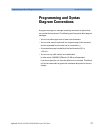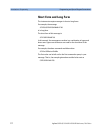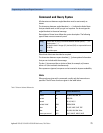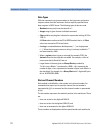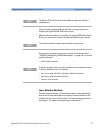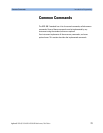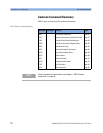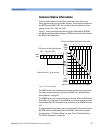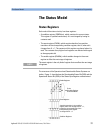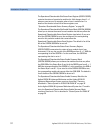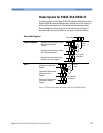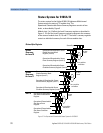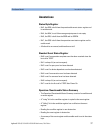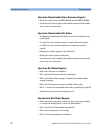
Common Commands Introduction to Programming
Agilent 8163A/B, 8164A/B & 8166A/B Mainframes, Fifth Edition 31
Common Status Information
There are three registers for the status information. Two of these are
status-registers and one is an enable-registers. These registers conform to
the IEEE Standard 488.2-1987. You can find further descriptions of these
registers under
*ESE, *ESR?, and *STB?.
Figure 2 shows how the Standard Event Status Enable Mask (SESEM)
and the Standard Event Status Register (SESR) determine the Event Status
Bit (ESB) of the Status Byte.
Figure 2 The Event Status Bit
The SESR contains the information about events that are not slot specific.
For details of the function of each bit of the SESR, see “Standard Event
Status Register” on page 37.
The SESEM allows you to choose the event that may affect the ESB of the
Status Byte. If you set a bit of the SESEM to zero, the corresponding event
cannot affect the ESB. The default is for all the bits of the SESEM to be set
to 0.
The questionable and operation status systems set the Operational Status
Bit (OSB) and the Questionable Status Bit (QSB). These status systems
are described in “The Status Model” on page 33 and “Status Reporting –
The STATus Subsystem” on page 64.
01234567
*STB? returns the Status Byte Register
Status
OSB ESB QSB
*ESR? returns the Standard Event Status Register
001
01234567
Event
100000
Status
Register
01234567
Event
111111
Status
Enable
Mask
*ESE sets the Standard Event Status Enable Mask
&
&
&
&
&
&
&
&
OR
Byte
All bits shown as are unused
0
MAV



